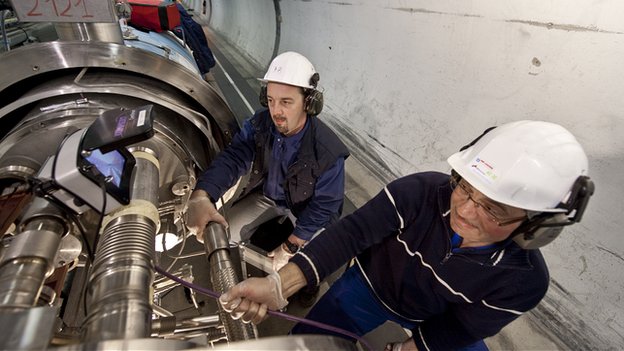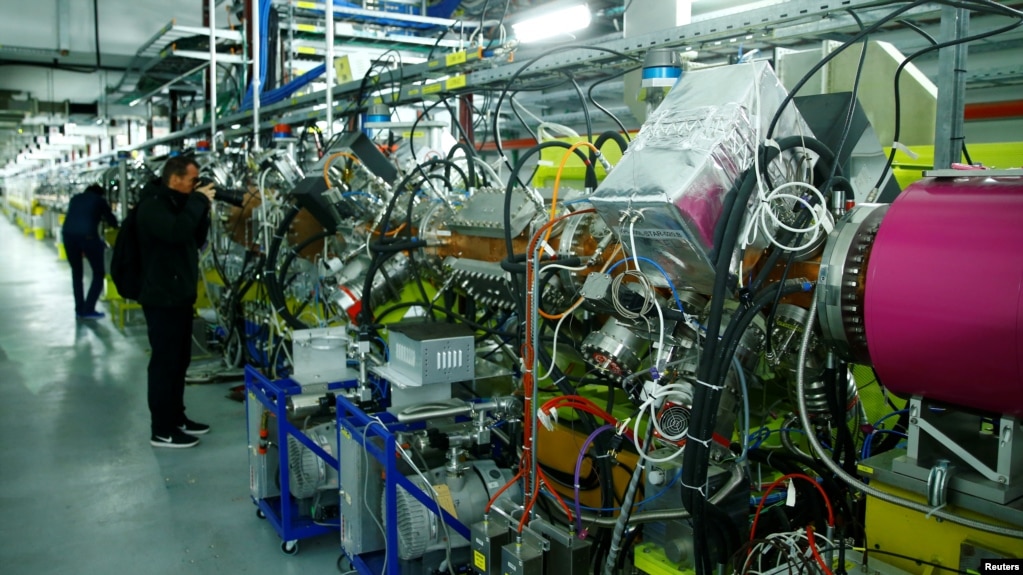mal
Diamond Member
East Valley Tribune | Daily Arizona News for Chandler, Gilbert, Mesa, Tempe, Scottsdale

Cool stuff...
And $10 Billion is a LOT of Bones...

peace...

Cool stuff...
And $10 Billion is a LOT of Bones...
peace...






